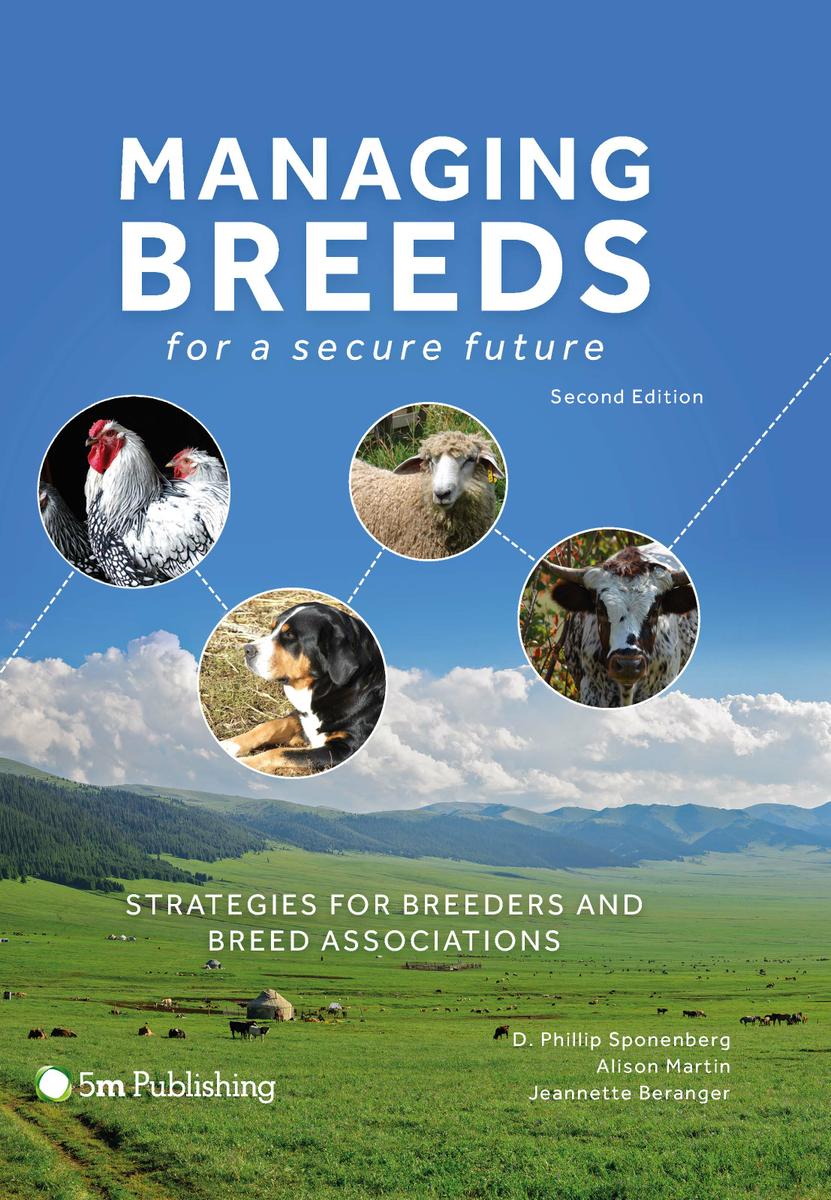



Review: managing Breeds for a secure future
2nd Edition. Dr Phillip Sponenberg, Alison Martin and Jeanette Beranger
Review by Dr Richard Small on behalf of the Rare Breeds Survival Trust (RBST)
I have taken several months to write this review, not because of pressure of other tasks but entirely because I have so much enjoyed having the book on my desk and am loathed to relinquish the review copy. I have dipped into the book each time a question arises that I think it might help to answer: what is a breed? Is it better to divide now distinct populations of originally a single breed into two breeds? How many males and females should be represented in a cryo-conserved gene bank? To each of these, and the other questions, for which I have consulted the book, it has given clear and concise answers apparently based on recent scientific articles.
The clarity of the writing ensures that it is accessible to a wide audience. Although I suspect primarily aimed at undergraduate and graduate students, I would readily recommend the book to any livestock breeder who had an interest in breeding animals for conservation. The diagrams used to illustrate technical concepts are particularly helpful for the non-specialist. Also helpful for such readers is the guidance on establishing and running an effective breed society or genetic conservation organisation.
As a textbook for college and university courses the summary of recent relevant literature is good, but it is a pity that the sources are not cited in the text or listed at the end. If text citations would make the book too long and/or less attractive for the general reader then an additional reading section at the end could refer the reader to the principal primary literature sources for each chapter.
I am not aware of any direct competitors for the book. Perhaps the nearest is Hall, SJG (2004), Livestock Biodiversity – Genetic Resources for the Farming of the Future by Blackwell Publishing. However, this sorely needs a second edition. It also attempts to encompass global livestock biodiversity rather than the focus on North American breeds of Managing Breeds. Such focus is both an advantage, in that the book will appeal more to the North American market, and a disadvantage to readers elsewhere in the world. Although the principles are the much the same, at least in developed countries, examples using local breeds are always more interesting.
You can buy this book here
Dr Richard Small (RBST)









